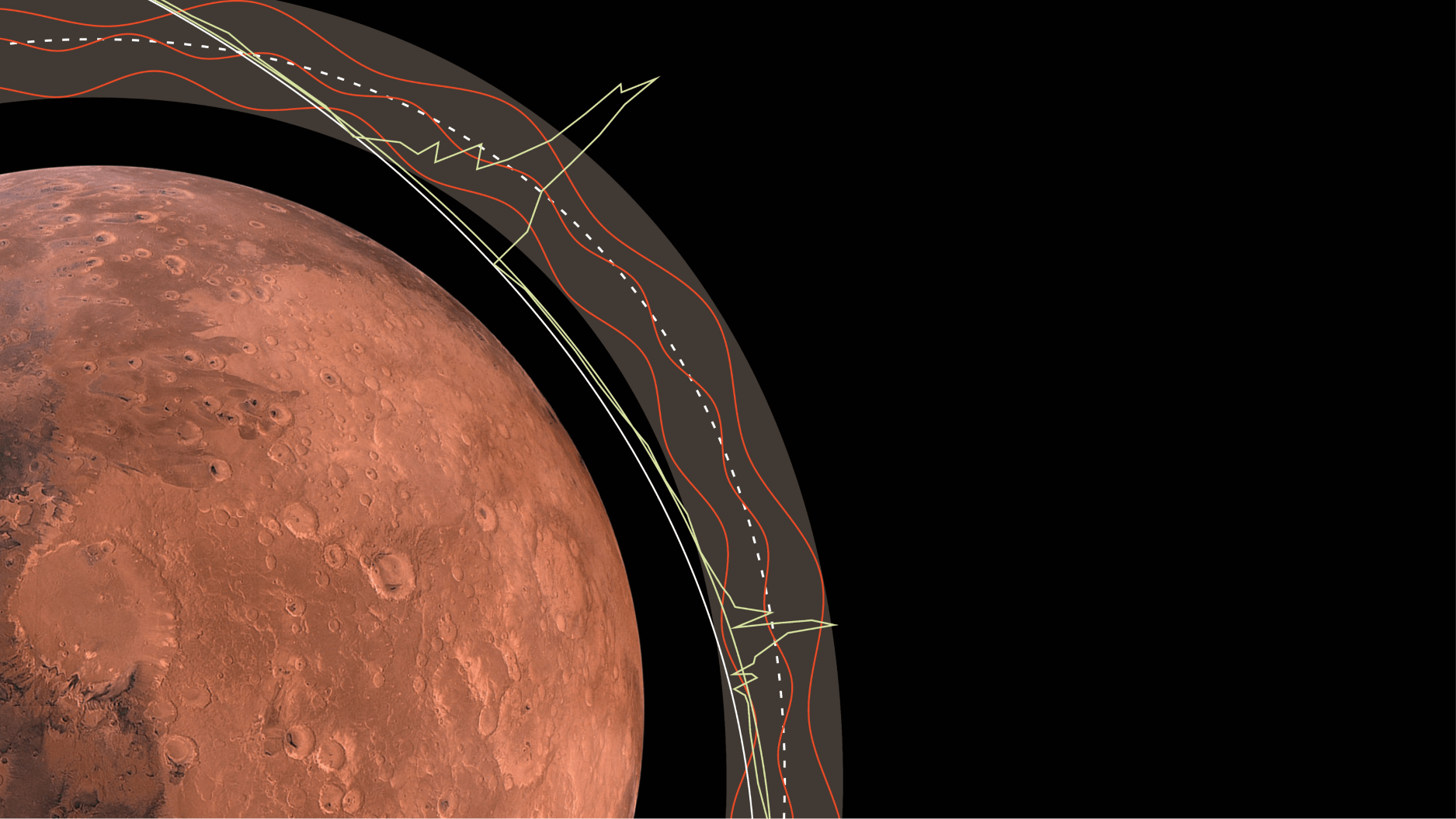Warp speed: How the outer edges of the universe travel faster than the speed of light

As children it’s driven into us in early science classes as a cardinal rule: nothing can travel faster than light. But at least one thing is thought to, or at least appears to be—the fundamental material of the universe itself. Astronomers believe there are galaxies moving away from ours at a rate faster than light speed. As a result, we’ll likely never get to see them.
13.78 billion years ago, the solidarity exploded in an event we call the Big Bang. This was a point in the universe of infinite density and heat. After the explosion, the universe expanded at the rate of 10¹⁶ in a fraction of a second, during a period of inflation that occurred at a velocity faster than the speed of light. After that, you’d think that the universe would expand at a constant rate or even slow down. If it had slowed down, we’d be able to see right to the edge as there wouldn’t be anywhere that would be too far for light to travel.
Instead, the rate of universal expansion has been speeding up. And there are places in the universe that are so far away, photons will never make it there. As a result, the edges of our cosmos remain in shadow. What lies beyond is an intrepid mystery we might not ever solve.
Expansion still occurs today, quizzically, at an ever-increasing rate. Note that it isn’t just matter but the fabric of the universe itself, as the matter in a way rides atop of it. What’s more, the galaxies farther away appear to be moving faster than those closer to us. There may even be ones close by that are moving faster than light. If there are, we’ll find them difficult to detect.

Timeline of the expansion of the universe since the Big Bang. Credit: NASA/WMAP Science Team.
Galaxies and other matter are like sesame seeds resting atop a piece of dough, with the dough standing in for the fabric of the universe. When we place the dough in an oven it expands, and those seeds on the outside rim appear as if they expand out faster than those near the middle. The same may be true of the universe.
The rate of universal expansion is 68 kilometers per second per megaparsec. A parsec is 3.26 million light-years, while a megaparsec is a million parsecs. For every parsec away a galaxy is from ours, you add 68 km/s to its velocity.
Once we get out to about 4,200 megaparsecs away, galaxies travel faster than light. Just to boggle your mind, consider that 4,200 megaparsecs = 130,000,000,000,000,000,000,000 km. Astronomers can calculate how far away a galaxy is by the distance it’s gone and the time it takes to travel that distance, all by carefully observing the light coming from it.
We can tell how far away a galaxy is by something called red shift and blue shift. As a galaxy moves away, the light from it takes longer to reach us. All that space between the galaxy and us forces the wavelength of the light to elongate, moving it toward the red part of the spectrum. This is known as red shift. Those objects moving away from us appear red while those moving toward us, whose wavelengths shorten, appear blue.

Panoramic view of the entire near-infrared sky. This image shows how the galaxies beyond are own located. The image was taken by the 2MASS Extended Source Catalog (XSC). This contains over 1.5 million galaxies and half a billion stars. The galaxies are coded by redshift, indicated by the numbers in parentheses). Credit: Thomas Jarrett, IPAC/Caltech.
The furthest thing out there that we can detect is the cosmic microwave background (CMB). This is the light residue left over from the Big Bang. Created 13.7 billion years ago, it now stretches out homogenously 46 billion light-years away in every direction.
According to Paul Sutter, Ohio State University astrophysicist and COSI Science Center Chief Scientist, the notion that the speed of light is the topmost speed for matter (or information), comes from Einstein’s special relativity. But this is part of what he calls “local physics.” It can and in fact must be applied to things nearby.
Far out in the deepest reaches of space, however, general relativity applies, but special relativity may not and with it, the speed of light as the topmost velocity becomes less certain. So what are the implications of an ever-accelerating universe? Nothing short of a cosmic heat death. Over billions of years, galaxies are thought to expand so far out from each other that the gases that congregate to form stars won’t be able to get together. They’ll be spread too thin.
Light from other galaxies won’t be able to reach us, either. And with no new stars forming, they’ll be none to replace those that have burned out. That means a slow fading of all light in the universe, and in its place, a cosmos forever shrouded in frozen darkness. That’s of course unless other forces can counteract this phenomenon.
Is there anything else faster than the speed of light? Find out here:





